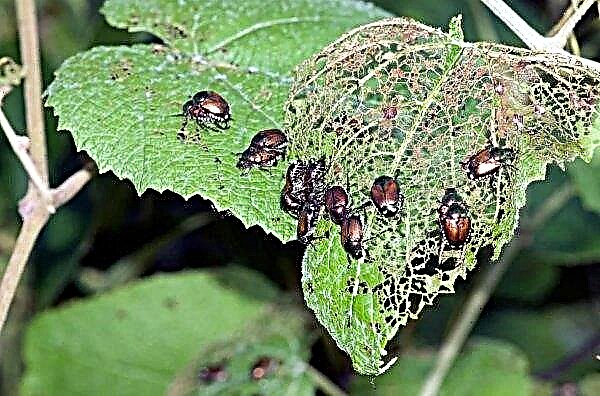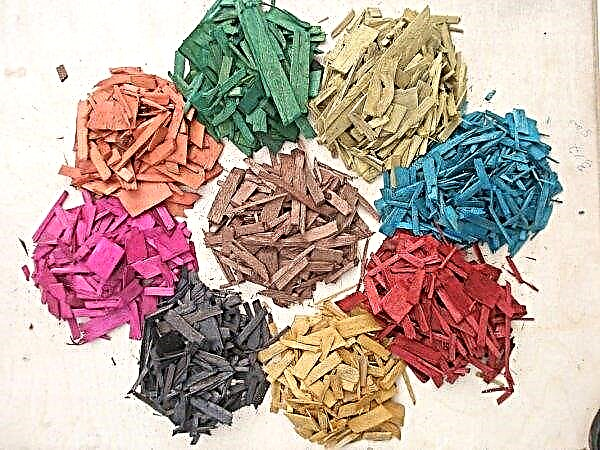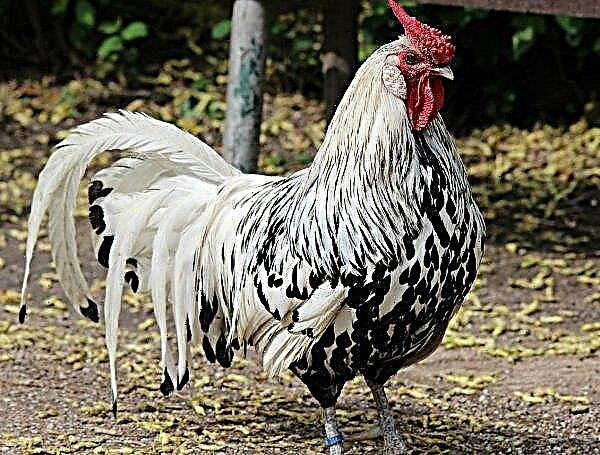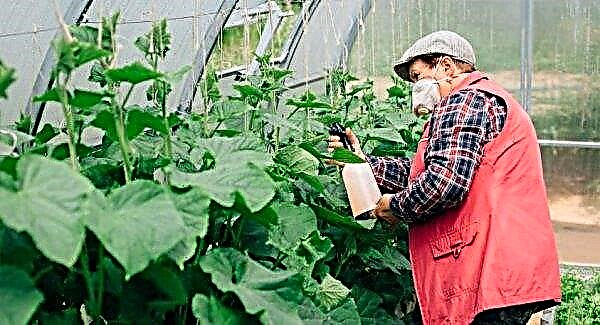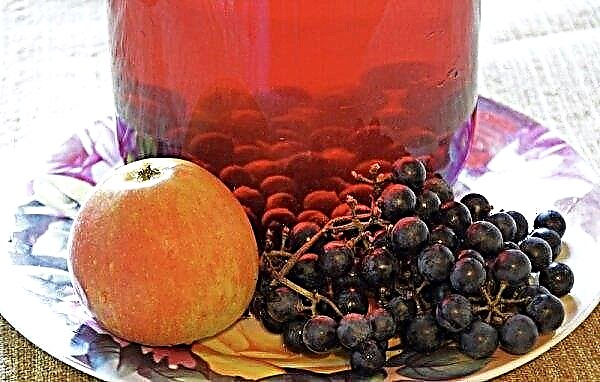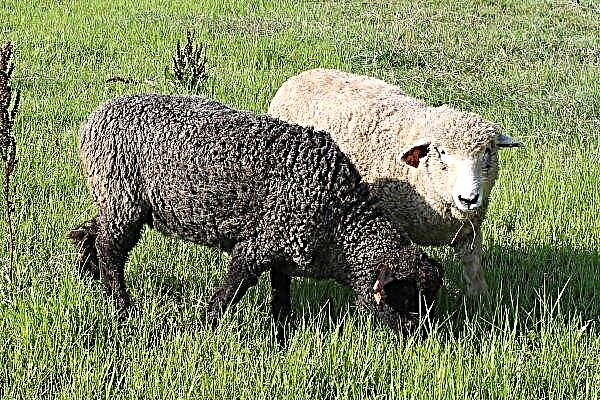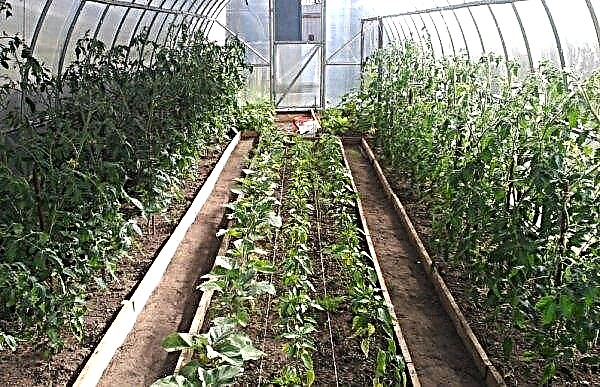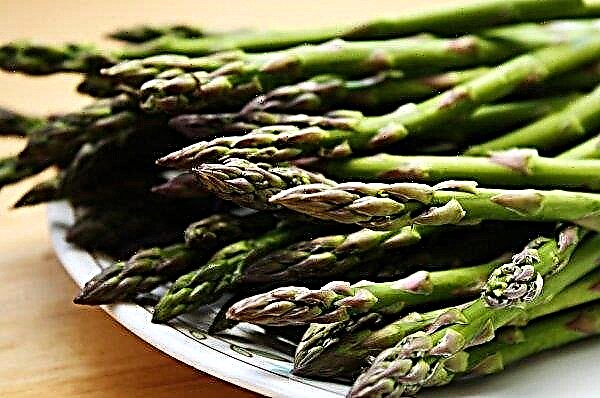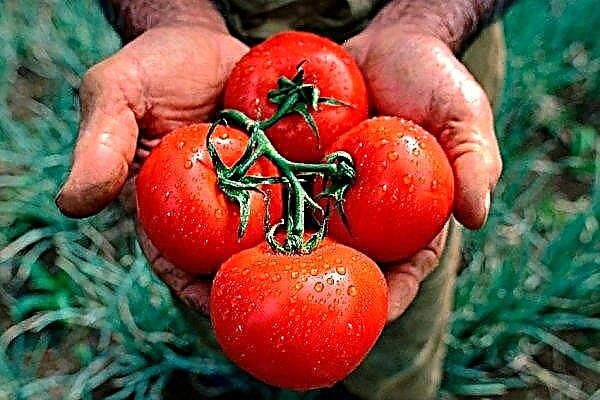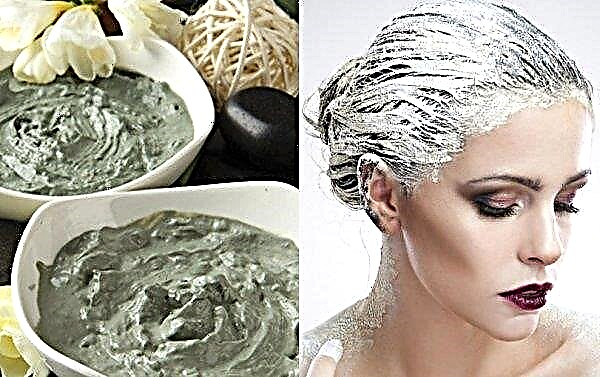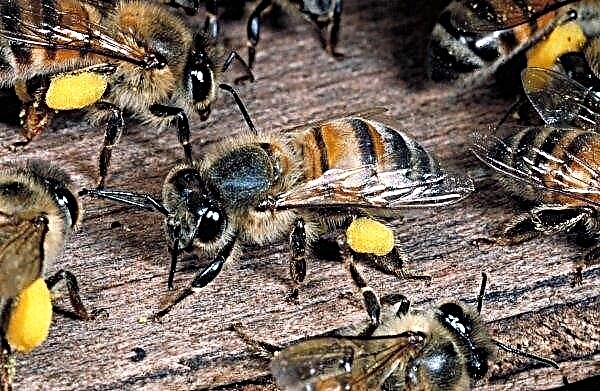Yucca is an ornamental evergreen plant that has perfectly taken root in indoor conditions. Today we will talk about the conditions for the cultivation and reproduction of this decorative flower.
Basic rules for growing yucca
Yucca comes from the tropics and subtropics, which indicates the thermophilicity of the plant and the special mode of its content. It is not recommended to place a palm tree on the windowsill, especially since it will be problematic as it grows, and there will not be enough light on the floor of the flower. The best option is to place it near the window on a stand up to the edge of the window sill. For this purpose, the southeast or southwest sides are chosen, while the southern windows are shaded.
In summer, a false palm tree, also called a yucca, can be taken out into the fresh air, while protecting it from drafts. If there is a big difference between night and day temperatures, then at night it is better to take the flowerpot into the room. Lighting needs diffuse: direct sunlight is not desirable.
In winter, the flower pot needs to be removed away from heating appliances: overheating and dry air adversely affect the health of the flower. At the same time, you need to provide the plant with an additional source of light, otherwise the trunk of the plant will stretch. Daylight hours for yucca should last at least 10 hours.
The required temperature in summer is + 23 ... + 26 ° С, in winter - + 18 ... + 20 ° С. The humidity in the room should be 50-60%. You can maintain the desired level by spraying around the plant. The plant does not like dry, stagnant air, but when ventilating a room, do not forget that drafts and sudden changes in temperature are harmful to it.
Did you know? U.S. manufacturers use yucca filament fibers in the manufacture of paper and rope rope. Also fiber add in fabric for sewing jeans, which increases its durability.
Optimum breeding times
Seed propagation is carried out immediately after the collection of seeds, since they quickly lose their ability to germinate.
Vegetative propagation is carried out in the period from April to June. In spring, during the period of active growth, cuttings and apical shoots take root well. Separation of offspring is carried out both in spring and in summer, if necessary, plant transplants.

Where to begin?
A room pot does not need a heavy pot; the plant is stable.
Basic requirements for capacity:
- the presence of holes for water drainage;
- volume corresponding to the size of the root system.
- soddy soil;
- river sand;
- leaf humus;
- charcoal.

How to propagate yucca at home step by step
More often vegetative propagation of the plant is carried out, since yucca rarely blooms at home.
Seeds
It is advisable to purchase seeds from producers with a good reputation. Usually in bags of 3-5 large black seeds with a glossy surface. Before sowing the seeds you need to "peck", that is, soak for a day in warm water.
Sowing technology:Important! Purchased material does not need to be decontaminated, as it has already been processed under industrial conditions.
- For sowing, it is advisable to take a food-grade plastic container with a lid, which will serve as a kind of greenhouse.
- Seeds are buried by 0.5 cm in moistened soil, covered and placed in heat (+ 25 ° C).
- The tank is ventilated daily and condensate is removed from the lid.
- The soil should be slightly moist, so it is sprayed as it dries.
- When two strong leaves appear, seedlings dive into pots suitable for the size of the root system.

Tops
For planting material, take a piece of the apical shoot about 10 cm long. The lower leaves are removed, the stalk is dried for several hours.
Rooting Scheme:- 2-3 tablets of crushed coal are added to the water tank: this will prevent the water from decaying.
- A shoot placed in water is covered with a glass jar to create a greenhouse effect.
- When the roots appear on the lower cut, the shoot is transplanted into a pot.

Cuttings
Yucca needs the formation of a crown, which is why cuttings are usually carried out during pruning.
Technology:
- Cuttings 10-15 cm long are cut with garden shears.
- Slices of the handle should be dried for a couple of hours.
- They are planted in moist soil, preferably in a transparent container, to see the appearance of roots.
- The seedling is covered with a greenhouse, regularly sprayed and ventilated.
- The roots grow within a month and a half, after which the plant is gradually accustomed to the maintenance without shelter.

Lateral processes
Yucca after trimming forms many lateral processes that are used as seedlings for propagation.
Rooting Scheme:
- The cutaway shoot needs to be dried.
- To form the roots, the seedling is placed in water or moist soil.
- With any rooting method, the shoots are covered with a greenhouse.
- After the appearance of the roots, after about 1-2 months, young plants are planted at a constant place of growth.
In the video below, you can find another interesting method of reproduction of yucca. This method is useful to those gardeners in whom the plant has grown to the size of an adult tree.
Video: Reproduction of an adult yucca tree
Planting and plant care
The flower bought in the store is not touched for two weeks, giving it time to adapt to new conditions. Then the plant is transplanted into a new pot, choosing the size for the length of the roots.
Landing technology:
- The drainage holes of the pot are cleaned if necessary, pour drainage (expanded clay) with a layer of 2-3 cm.
- A pile of soil is poured over the drainage. From above, spreading the roots, place the plant.
- They add soil evenly on all sides, tamping to exclude air formations.
- Watering the planted bush is carried out the next day.
Did you know? The flowers and fruits of some species of yucca were consumed by American Indians.
Further care is standard for indoor plants.
Care Rules:
- Watering - Young plants are watered in small portions, preventing the topsoil from drying out. Adult specimens in the warm season are watered once a week, in the autumn-winter season - once every 2-3 weeks. Experienced growers recommend calculating the amount of moisture based on the volume of soil - 1 liter of water per 4 liters of soil. Excess moisture is drained from the pallet to prevent root decay. In the summer, to wash off the dust from the foliage, once a month they spend bathing the plants under a warm shower.
- Top dressing - held in the spring and summer. For fertilizer use special liquid compositions for palm trees, for example, "Stimovit". The drug is diluted with water in a proportion of twice as much as indicated in the instructions. Apply every 2-3 weeks, spraying the green part.

- Pruning - forming cropping is carried out after the yucca leaves the resting period. You can trim an adult plant whose trunk diameter is at least 2 cm. Pruning is carried out by secateurs at a distance of 40 cm from the soil surface. The slice is treated with powdered charcoal, filled with wax to prevent decay. The procedure stimulates the formation of lateral shoots and forms the growth of several trunks.
- Transfer - young plants are transplanted annually, adults - once every 3-4 years. The procedure is carried out in the spring by transshipment.
Important! For a month, a yucca is not bothered by care procedures (with the exception of watering): it must take root and adapt.
Yucca Diseases and Pests
Yucca is not susceptible to disease, however, with deviations from the rules of care, some problems are possible.
Symptoms of disease, insect damage and control methods:
- Brown spots on the leaves - defeat by a fungus. It arises due to waterlogging of the air. Sick leaves should be removed, the sections treated with activated carbon. It is advisable to transplant, especially with a massive lesion. The flowerpot should be placed in a drier place and do not spray before recovery.

- Rotting of the stem is also caused by a fungus that develops in a humid environment.. If individual areas are affected, the plant can be cured by removing rotting areas, and then transplanted into new soil. With a severe defeat of the stem from the pot, you have to get rid.

- Spider mite - Appears in dry and stale air. You can learn about its appearance by black dots on the foliage and the web. Spraying with Fitoverm (2 ml / 1 liter of water) will help to fight insects.

- Shield - the pest eats the juice of the plant, due to which the foliage fades. You can get rid of scabies by spraying with the help of the drug "Aktara" (1 g / 10 l of water).
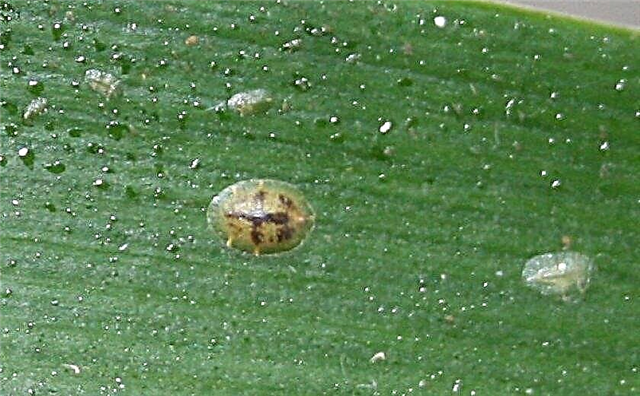
False palm tree is loved by gardeners for their unpretentiousness in care. An ornamental plant can be propagated in several ways, choosing the most convenient for itself, and pruning will give yucca a decorative spreading form of a bush.








